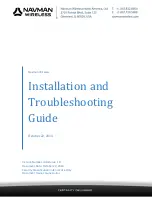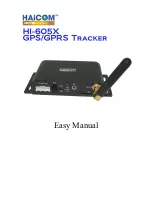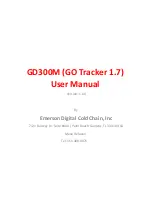
Differential and RTK Operations
51
Differential and RTK
less than 100 km, you should set the base station elevation mask at 1° less than the
remote receiver elevations masks to guarantee that the base station sends data for all
satellites the remote might use, while not sending data for low elevation satellites that
the remote does not use.
Recommended mask angle settings for RTK:
Remote: 5° (Default)
Base: 4°
Use Ashtech’s Mission Planner to determine the maximum number of satellites
visible above a given mask angle. Table 5.6 shows the maximum number of satellites
above a 4° mask angle, with the constellations available August 11, 1997, (25 GPS
satellites, 14 GLONASS satellites) using a 24 hour simulation at 0° longitude. GPS
or GLONASS geometry is primarily a function of latitude, and varies only slightly
with longitude for a constant latitude.
Mask Angle
The Base station mask angle for RTK messages 18 and 19 is controlled by
$PASHS,ELM. The Base station mask angle for all Differential corrections
(1,9,31,34) is controlled by $PASHS,PEM. If your data link bandwidth is large
enough, then you can set both mask angles to zero degrees for base stations. This
ensures that the base station will send data for all satellites that it can "see" above the
horizon.
Table 5.6: Maximum Number of Satellites Above a 4° Mask Angle
Latitude
Maximum Number
of GPS SVs
Maximum Number of
GPS+GLONASS SVs
0°
11
16
10°
12
16
20°
11
15
30°
11
16
40°
11
15
50°
10
15
60°
11
16
70°
12
17
80°
11
17
90°
12
17
Summary of Contents for GG Surveyor
Page 14: ...xiv GG Surveyor GPS GLONASS Reference Manual...
Page 38: ...20 GG Surveyor GPS GLONASS Reference Manual...
Page 62: ...44 GG Surveyor GPS GLONASS Reference Manual...
Page 86: ...68 GG Surveyor GPS GLONASS Reference Manual...
Page 232: ...B 6 GG Surveyor GPS GLONASS Reference Manual...
Page 236: ...C 4 GG Surveyor GPS GLONASS Reference Manual...
Page 246: ...E 6 GG Surveyor GPS GLONASS Reference Manual...















































